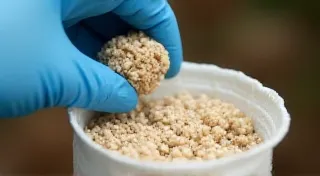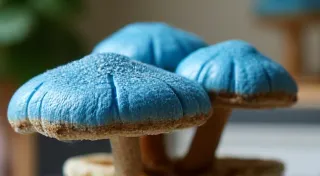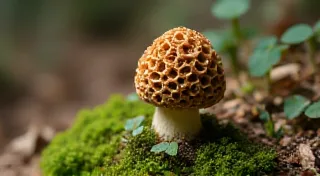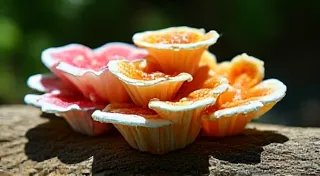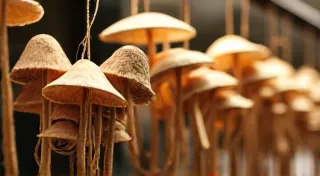Troubleshooting Common Mushroom Growing Problems
Cultivating exotic and gourmet mushrooms at home can be a deeply rewarding experience. However, it’s rarely a completely smooth process. Even experienced growers encounter setbacks. This guide addresses some of the most common problems encountered during home mushroom cultivation and provides practical solutions and preventative measures to get you back on track. We'll focus on issues that often plague those growing uncommon varieties, as they can be more sensitive than standard cultivated mushrooms.
1. Contamination: The Biggest Threat
Contamination is the most frequent and frustrating problem. It refers to unwanted molds, bacteria, or other fungi competing with your desired mushroom species. Successful cultivation hinges on understanding and preventing contamination, a process that begins long before you even see signs of trouble. This often involves meticulous preparation, and a firm grasp of substrate techniques – something explored in more detail in our article on Substrate Preparation: The Foundation for Mushroom Growth.
Identifying Contamination
Different contaminants present differently. Common culprits include:
- Green Mold (Trichoderma): Often a sign of poor sanitation. It appears as patches of green fuzz.
- Black Mold (Aspergillus): Presents as black, powdery spots.
- Cobweb Mold (Dactylium): Appears as wispy, grey or white cobwebs.
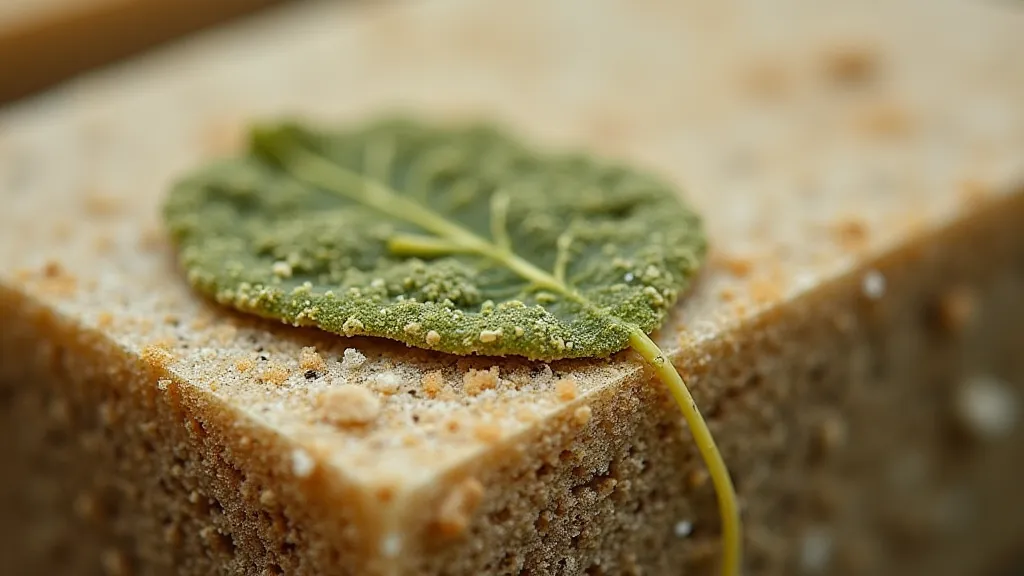
Prevention & Resolution
- Sterilization/Pasteurization is KEY: Thoroughly sterilize grain spawn and substrate. Pasteurization (for bulk substrates) must be precise. It’s crucial to achieve the correct temperature and duration during pasteurization to effectively eliminate competing organisms.
- Sanitize Your Workspace: Wipe down all surfaces with a 70% isopropyl alcohol solution.
- Good Airflow: Proper ventilation helps prevent airborne contaminants from settling on your cultures.
- Contaminated Blocks: Sadly, heavily contaminated blocks are often best discarded to prevent spreading. Small areas of contamination might be cut away, but carefully monitor for regrowth. The risk of contamination spreading outweighs the potential harvest.
- Understanding the Ecosystem: Think of your mushroom grow as a delicate ecosystem. Maintaining the right balance – proper sterilization, airflow, and humidity – is vital. A single deviation can invite unwanted guests.
2. Slow Growth & Stunted Development
Slow growth can be caused by a variety of factors. Exotic varieties often require very specific conditions, making them more susceptible to these issues. Even experienced growers find that getting the initial growth phases just right can be tricky, and the success often depends on having the correct moisture levels in your substrate.
Possible Causes & Solutions
- Temperature Fluctuations: Exotic mushrooms have narrow temperature ranges. Monitor and maintain consistent temperatures. Small changes can significantly impact growth rates.
- Incorrect Humidity: Many gourmet varieties need high humidity (85-95%). Use a humidifier or mist regularly. Inconsistent humidity can lead to stunted growth and dry fruit bodies.
- Insufficient Light: While not always critical, light helps fruiting bodies develop proper shape and color. Provide indirect sunlight or use a grow light. Light isn's just about color; it impacts the direction of growth.
- Substrate Issues: The substrate might not be providing enough nutrients or moisture. Consider adjusting the substrate recipe or rehydrating it. The initial preparation of your substrate is critical for overall success.
- Nutrient Deficiencies: Just like any living organism, mushrooms need the right balance of nutrients. A lack of essential minerals can lead to slow growth and smaller yields. Consider supplements if necessary.
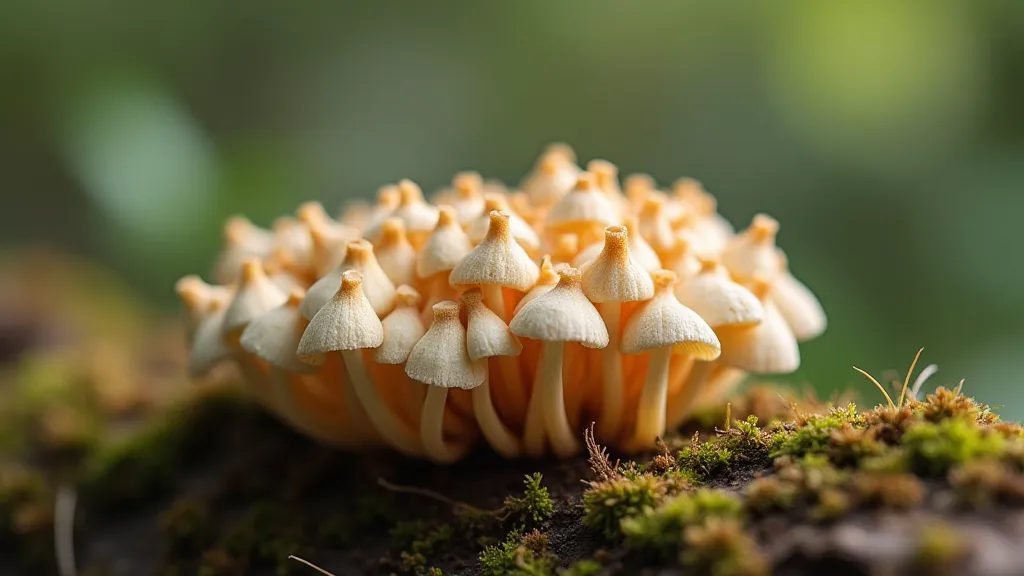
3. Poor Yields
Even if your mushrooms are growing, the yields might be disappointing. Here's what to look at: maximizing your harvest requires understanding the intricacies of fruiting cycles. This includes creating the optimal environmental conditions and mastering the process of "flushing," which is a technique employed to stimulate multiple harvests from a single substrate block. You can learn more about preserving your bountiful harvests in our guide to Mushroom Drying and Storage: Preserving Your Harvest.
Factors Affecting Yield
- Strain Genetics: Some strains are naturally low-yielding. Research the specific variety you're growing. Knowing your strain’s characteristics is crucial for setting realistic expectations.
- Flushing Cycles: "Flushing" is the process of inducing fruiting. Provide optimal conditions (fruiting chambers, light cycles, watering) to encourage multiple flushes. Each flush will yield less than the previous one, so planning is key.
- Substrate Depletion: The substrate can become depleted of nutrients over multiple flushes. Consider fresh substrate for subsequent fruiting cycles. This is especially important for demanding gourmet varieties.
- Casing Layer Issues (if applicable): If using a casing layer, ensure it’s properly hydrated and not too compact. A properly hydrated casing layer contributes to humidity and overall health.
- Environmental Factors: Consistent environmental conditions – temperature, humidity, CO2 levels – are critical for maximizing yields. Fluctuations can stress the mycelium and reduce output.
4. Deformed or Misshapen Mushrooms
While unusual shapes can sometimes be a characteristic of certain varieties, significant deformities often indicate a problem. These aren’t just aesthetic issues; they can be signs of underlying stress or environmental factors impacting the mushroom’s development.
Possible Causes
- Uneven Lighting: Mushrooms will grow towards the light source, leading to bent or twisted stems. Rotate your grow chamber or diffuse the light.
- Airflow Issues: Turbulent airflow can damage developing mushrooms. Ensure gentle and even airflow.
- Genetic Instability: Less common, but sometimes genetic mutations can cause unusual shapes. This is more likely in less-stabilized strains.
- Mycoplasma Contamination: Mycoplasmas are a growing concern in the mushroom growing community. They can cause bizarre mutations and deformities.
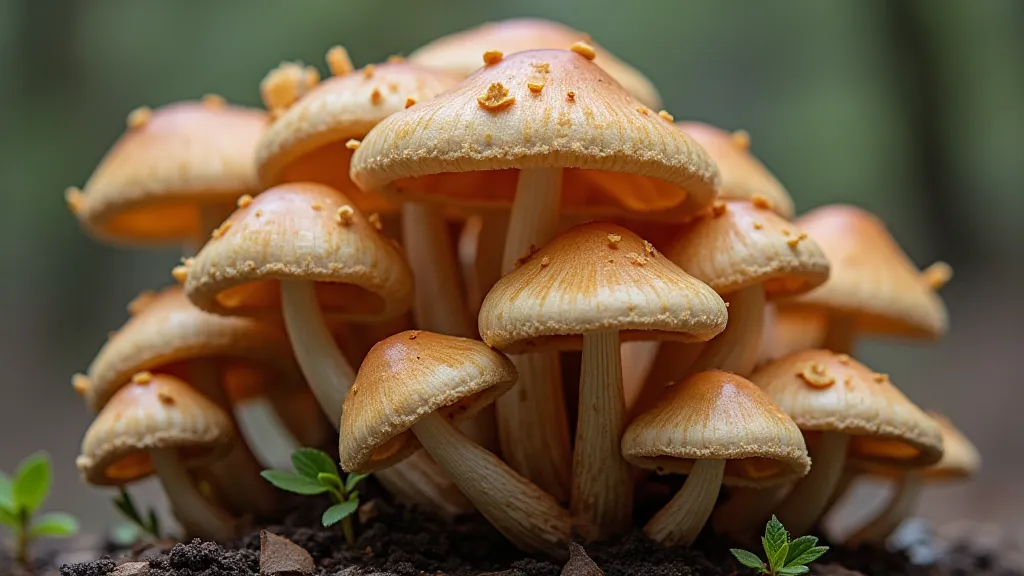
Ongoing Monitoring and Learning
Mushroom cultivation is a learning process. Careful observation, detailed records, and a willingness to experiment are essential for success. Don't be discouraged by setbacks – every problem is an opportunity to learn and refine your techniques. The complexities of growing exotic varieties are often best understood through hands-on experience, coupled with thorough research. For those interested in cultivating the Lion’s Mane mushroom, our comprehensive guide provides a detailed walkthrough: Lion's Mane Mushroom Growing: A Beginner's Guide. We also encourage a deeper dive into the science behind healthy mycelial growth to troubleshoot any issues that arise – understanding the underlying biology is key to successful cultivation.
Many growers find that the process of tracking data, such as temperature, humidity, and watering schedules, is crucial for identifying patterns and pinpointing the root causes of problems. Keeping a detailed log can help you replicate successful outcomes and avoid repeating past mistakes. Remember that even the most experienced growers face challenges; the key is to approach each setback as a learning opportunity.
